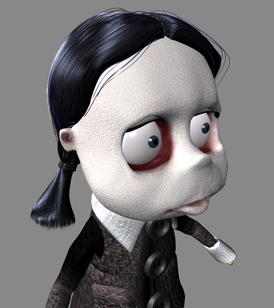
|

|

|

|

|

|

|

|

|
onMouseOver="flipB2(onB2)" onMouseOut="flipB2(offB2)">

|
DIGITAL HAIRCUTS
[ part one | part two ]
PART TWO: CREATING A PROCEDURAL HAIR SHADER
( A PAINTERLY APPROACH TO SHADER WRITING )


|

|

|

|

|

|

|

|

|
onMouseOver="flipB2(onB2)" onMouseOut="flipB2(offB2)">

|





(c) 2004, All Rights Reserved. "Make Links not Copies"